I decided to start with the title, as I felt it would give me ideas of what emojis to use while describing the plot. So I typed into the title’s search bar of the emojis and expected a symbol to appear; it didn’t. So I had to break apart the word; using syllables wouldn’t work as it is a one-syllable word. Then I thought about if I had to draw the word in Pictionary, what would I draw? This led me to my title.
Using the emojis in my title, I had ideas of how to describe the plot. I thought of the show’s various episodes and what would be essential to explain to understand the story. I didn’t rely on syllables, more so on main ideas. I used the search option on my iPhone Emoji section often. I would type in a word I thought was important, such as ‘school,’ and from there, it would generate a list of emojis that relate to school. From the list, I would choose the best fit. This option helped as sometimes I would create pictures I didn’t initially think of. When I first read this task, I must admit all I thought about was ‘what was the last thing I watched’? I didn’t know how to represent the show or what show would be easier pictorially.
The article by Kress discusses the ‘gains and losses’ when it comes to pictorially representing text. One of the significant losses that Kress brings up is “…given that representation, especially in the linguistic modes of speech and writing, is so closely bound up with social and ethical values … (Kress, 2005)—prompting me to think closely about emoji choices by their creators and how these are to bound with social and moral values. What sort of values are instilled by using emojis? When we choose to change the skin colour of an emoji, how does that change the photo’s meaning? Does it? What becomes implied?
Kress (2005), Gains and losses: New forms of texts, knowledge, and learning. Computers and Composition, Vol. 2(1), 5-22.
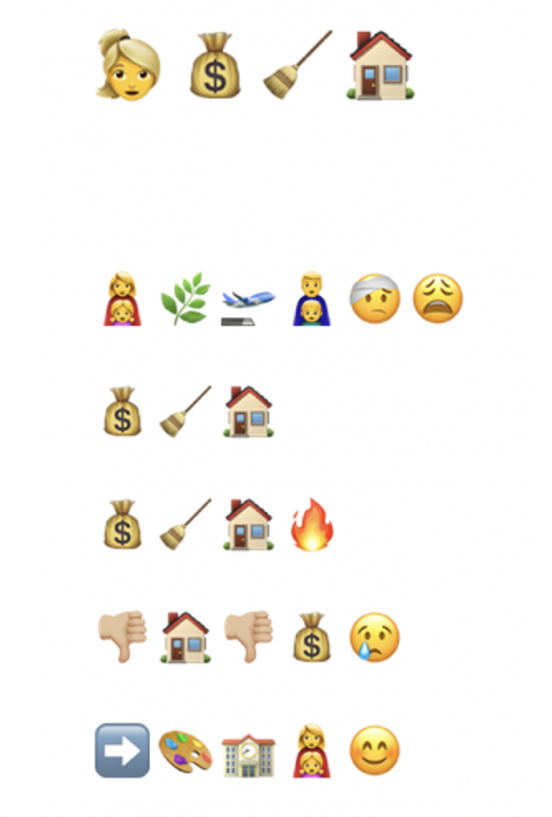
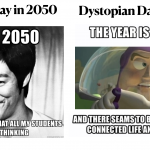
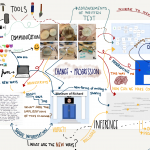
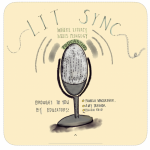


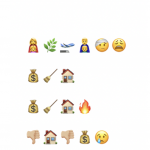
james martin
October 18, 2021 — 5:06 pm
Here is my attempt:
The Maid
A mother plans to fly to see her sick husband.
She cleans houses for money to pay for the trip.
But one of the houses burns down during cleaning.
She does not get paid for her work after the house burns down.
Then she goes to art school and becomes happy.
I’m sure I’m missing some key details, but hopefully I got some parts right?
pamela macgregor
October 18, 2021 — 7:21 pm
Oh so close!!! It’s about the show Maid that just came out on Netflix. I won’t ruin it for you but the last sentence is bang on.
james martin
October 20, 2021 — 10:41 pm
I know absolutely nothing about the show, so well done for leading me to getting some things right!
grace reid
October 24, 2021 — 7:32 pm
I love that you broke it into episodes. I hadn’t considered compartmentalism within the show or series. This adds an entire new way to connect the ideas. I’m curious now to see the range of ways peers approached this.
pamela macgregor
October 25, 2021 — 3:10 pm
Thanks Ellen 🙂
That was how I separated the ideas in my head, glad that it made it easier for you to understand.